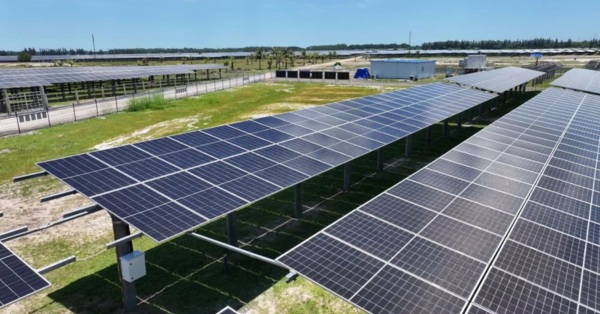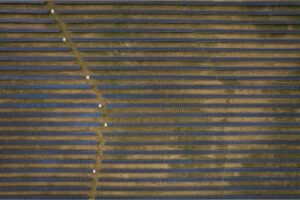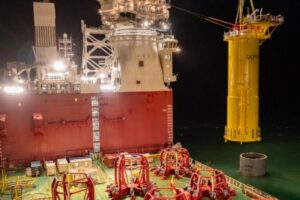Extreme tests prove performance; Chinese PV modules achieve dual breakthroughs

China’s PV sector has notched two technical breakthroughs for extreme-environment applications, with Trina Solar and JA Solar unveiling field data and new products that underscore the durability of Chinese modules in damp-heat and desert/Gobi wasteland conditions. The advances offer bankable options for diverse project environments worldwide.
Trina Solar reported year-round damp-heat field results for its N-type TOPCon 700W+ Vertex module in Wenchang, Hainan—a tropical maritime site characterized by high temperature and humidity, 1,975 mm of annual rainfall, and about 86% relative humidity. After more than a year in real-world operation, the modules showed an intact mechanical structure with no signs of corrosion and sustained high, stable performance.


The product had previously passed DH2000 (double the IEC damp-heat duration), with degradation well below the 5% industry threshold, and achieved top performance across seven enhanced reliability tests by Kiwa PVEL.
On the technology side, the module leverages an upgraded i-TOPCon cell design that optimizes metallization in corrosion-prone electrode areas and refines paste formulation to boost anti-corrosion performance. It also utilizes low-corrosivity interconnection materials, a high water-vapor-barrier encapsulant, and a dual-glass build to suppress moisture ingress.
These innovations enable superior stability in extreme damp-heat climates and have been well received by end customers.
Meanwhile in Beijing, JA Solar unveiled Molan (literally “Desert Blue”), billed as the world’s first module engineered specifically for deserts, Gobi, and barren lands (sha-ge-huang). Designed to tackle dust soiling, abrasive sand and high wind loads, Molan introduces four targeted advances:
- Nano-scale self-cleaning coating: reduces transmittance decay from soiling by 32%, curbing performance loss and lowering cleaning frequency.
- Reliability uplift: improves overall reliability by 32%, extending expected service life by 3–5 years in harsh desert conditions.
- Reinforced mechanics: front-side static mechanical load rating of 6,000 Pa—over 60% higher than conventional modules—to withstand sandstorms and strong winds.
- Better high-temperature performance: power temperature coefficient improved to -0.28%/°C, delivering 0.5–0.6% higher energy yield at 50°C.
Field results from the Mengneng Ulan Buh project show a 4.49% increase in energy yield after switching to Molan, while a 100 MW plant can save roughly RMB 240,000 per year in manual cleaning costs.
The product has earned the world’s first “Desert Module” certification from TÜV Rheinland, demonstrating strong performance under dust coverage and extreme temperature stress tests.
Industry experts note that these scenario-specific designs mark a shift in China’s PV technology from general-purpose products to refined, application-driven solutions.
As extreme-climate validation frameworks mature, Chinese-made modules are poised to strengthen their competitiveness across global use cases and provide robust technical support for the energy transition.




